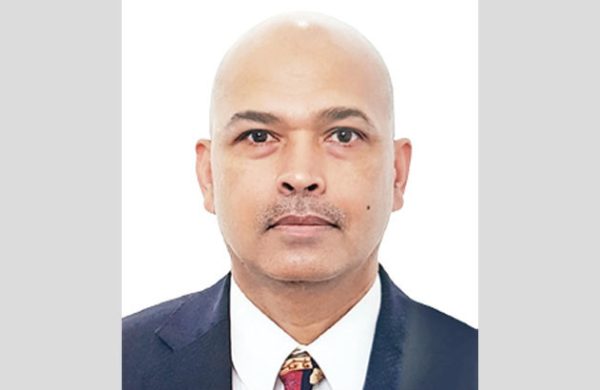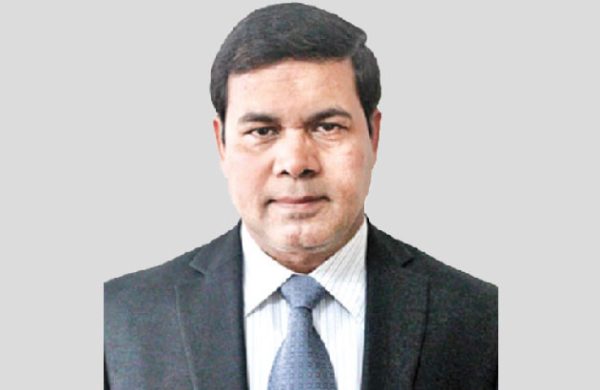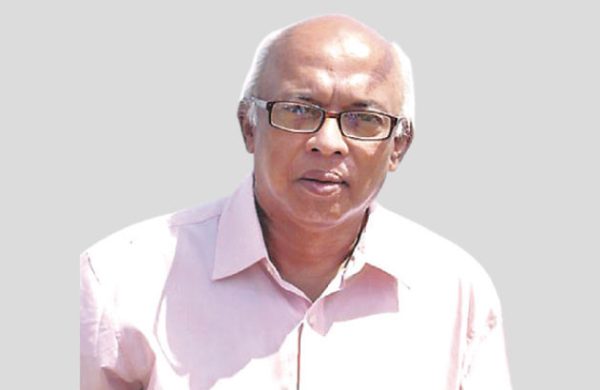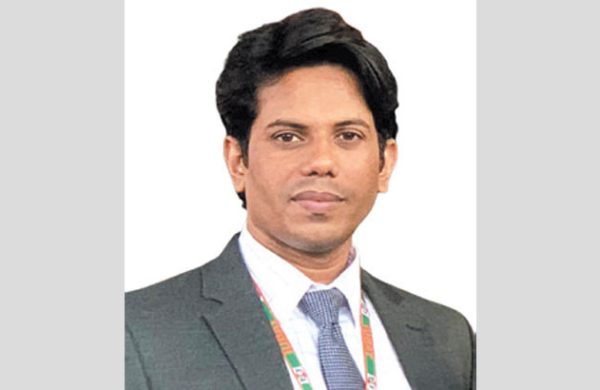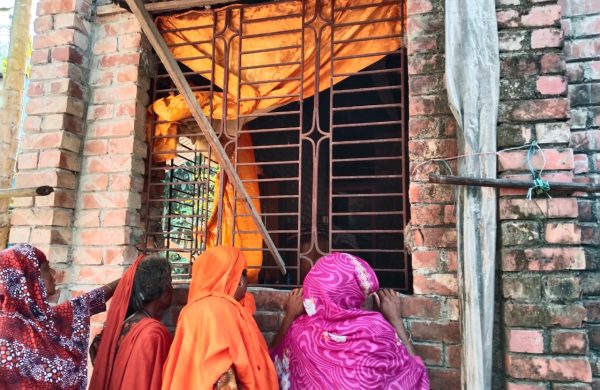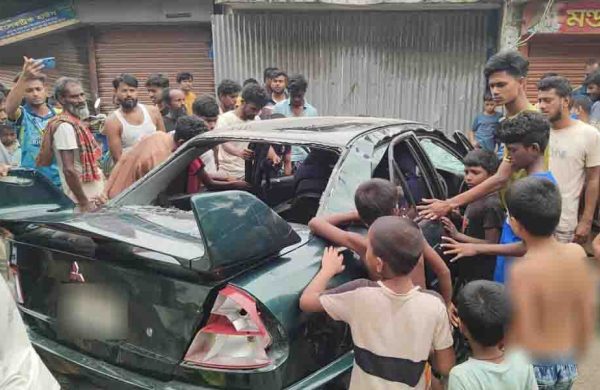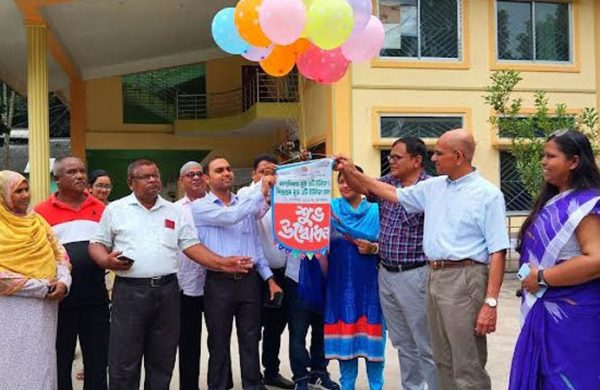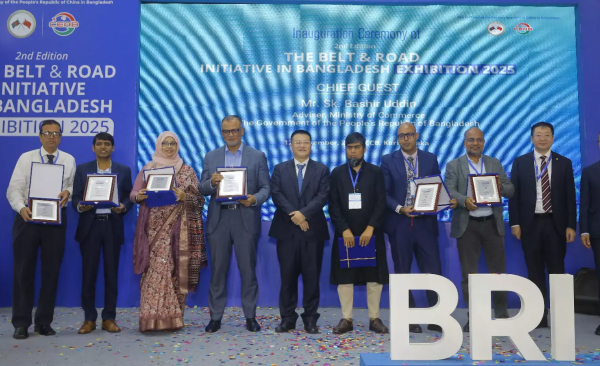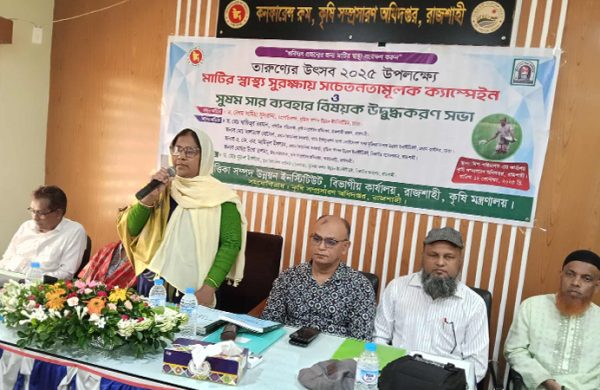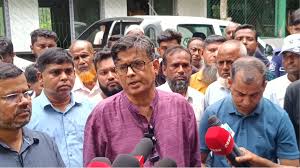Unfit vehicles pose threat to mobility
- Update Time : Friday, July 18, 2025
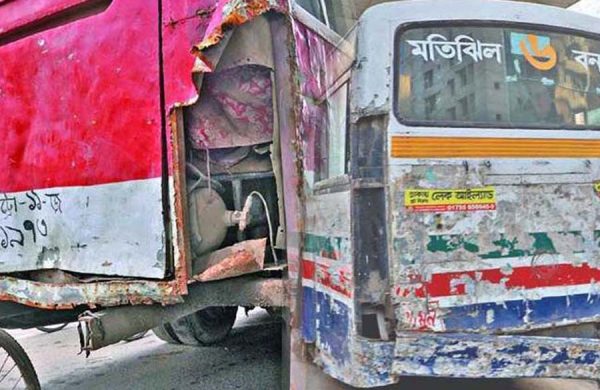
—Shiabur Rahman—
The plying of unfit vehicles across Bangladesh has remained a serious road safety hazard for a long period. Repeated alerts from safety experts and directives of the court have failed to ensure the enforcement of relevant laws thanks to rampant corruption in regulatory bodies, inertia among enforcement agencies, political influence and a lack of awareness. According to the Bangladesh Road Transport Authority (BRTA), the number of unfit vehicles on the road is increasing every year. Data compiled by the regulator suggest that over 600,000 unfit vehicles were plying all across the country last year against around 500,000 in 2022. The majority of the vehicles are auto-rickshaws, which are followed by motorcycles, pickups, trucks, buses and microbuses and private cars. Road safety experts, however, believe the figures compiled by the BRTA are a small fraction of the real number of unfit vehicles. Many of them even believe that a large number of the vehicles operating with a seemingly valid fitness certificate are really unfit as corruption at the regulatory body has hollowed out the certification process. It keeps open the door for vehicles to have their fitness certificates renewed in exchange for money no matter how their condition is. There are allegations that vehicles can even skip mandatory inspection for licence renewal.
Political influence and pressure of vehicle owners and workers play a big role in keeping unfit vehicles on the road. When the government agencies launch any crackdown on such vehicles, owner and worker bodies, linked to ruling parties, employ all their power to frustrate the effort.
The unfit vehicles on the road are taking a huge toll on human lives and property and environment. According to a report published by the Road Safety Foundation, over 7,000 people died and more than 12,000 were injured in approximately 7,000 road accidents that occurred across the country in 2024 alone. Unfit vehicles suddenly come to a halt, leading to collisions and traffic congestions. Such vehicles mean poorly maintained engines, which emit black fumes, worsening air pollution. A World Bank-supported study conducted in 2019 found that vehicles contribute over 10 per cent to air pollution in Bangladesh. Rundown buses accounted for more than 80 per cent of excessive emissions in capital Dhaka, which has remained among the most polluted capitals worldwide for quite a long time.
Despite the devastating consequence of the plying of unfit vehicles, regulators and law enforcers do not take any effective action to take such vehicles off the road. They sometimes conduct drives, but those are half-hearted and inconsistent. Several High Court directives to the transport ministry and police for removing unfit vehicles from roads have fallen on deaf ears.
The unchecked plying of unfit vehicles exposes governance flaws, weak institutional coordination, a lack of political will and public awareness. A holistic approach needs to be taken to reverse the situation. Fitness enforcement supported by mobile courts should be made round the year, while BRTA requires stronger oversight, capacity building, and modern inspection systems. There must be effective coordination between the BRTA, the DMP, the highway police and local administration to ensure consistent enforcement. The government needs to publish data on the number of unfit vehicles and enforcement actions while the public should be encouraged to refuse using unsafe vehicles.
Raising public awareness about the consequences of plying of unfit vehicles is also necessary. Non-government organisations and civil society should conduct campaigns to make commuters aware of the danger from unsafe vehicles.
—————————————————–



